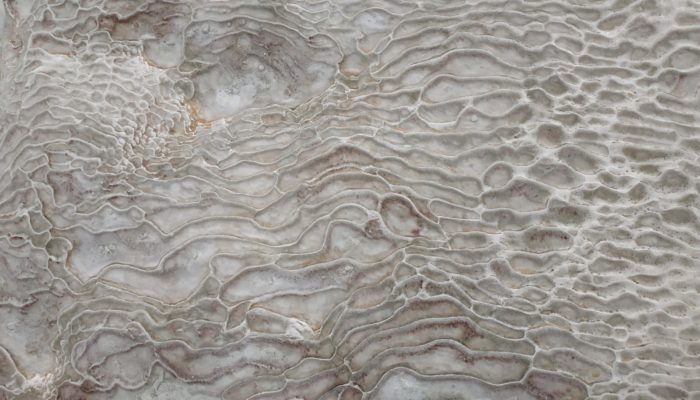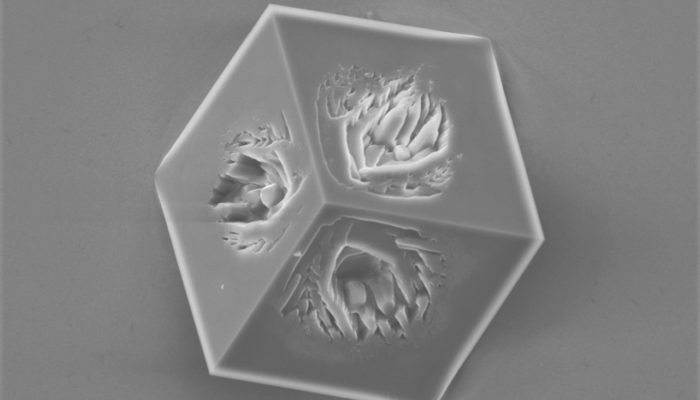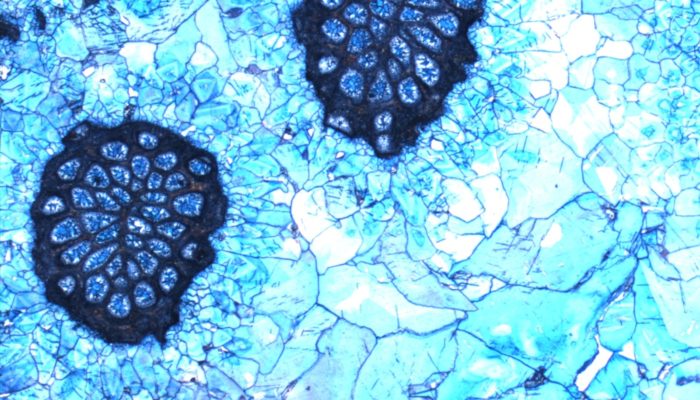As future-focused as we like to be at EGU, we sometimes pause to look back at the year gone by – just a brief glimpse to appreciate all the good work of 2022! As always, we had so many inspiring and thought-provoking blog posts published this year across the EGU’s official blog GeoLog and division blogs. Thank you to each of you for your writing contribution! To continue our annual appreciation fo ...[Read More]
Imaggeo On Monday: Fingerprint in the cotton

This photo is taken at the Pamukkale (meaning “cotton castle” in Turkish), a natural site near Denizli, Turkey. This location is world famous for terraces made of snow-white travertine, a sedimentary rock deposited by water from the hot springs, and a stunning turquoise water color. Close look at the surface texture reveals an extraordinary pattern created by the thermal water slowly f ...[Read More]
Imaggeo On Monday: Wannabe cubic calcite

This imperfect cube of calcite was formed on the gold surface during the electrochemically assisted scaling process. Once negative electrochemical potential is applied to the gold surface, the oxygen dissolved in water undergoes reduction, yielding hydroxide anions. These anions accumulate at the gold-solution interface, forming a high pH layer. As calcite becomes less soluble with the increasing ...[Read More]
Imaggeo On Monday: Blue cements in Jurassic rocks?

Staining of thin sections and rock slabs is a method of identification that has long helped researchers to distinguish certain minerals which often otherwise appeared very similar. Modern studies have now largely replaced this method of identification with more analytical techniques that usually provide a higher degree of certainty, such as analysis with a microprobe or Scanning Electron Microscop ...[Read More]

